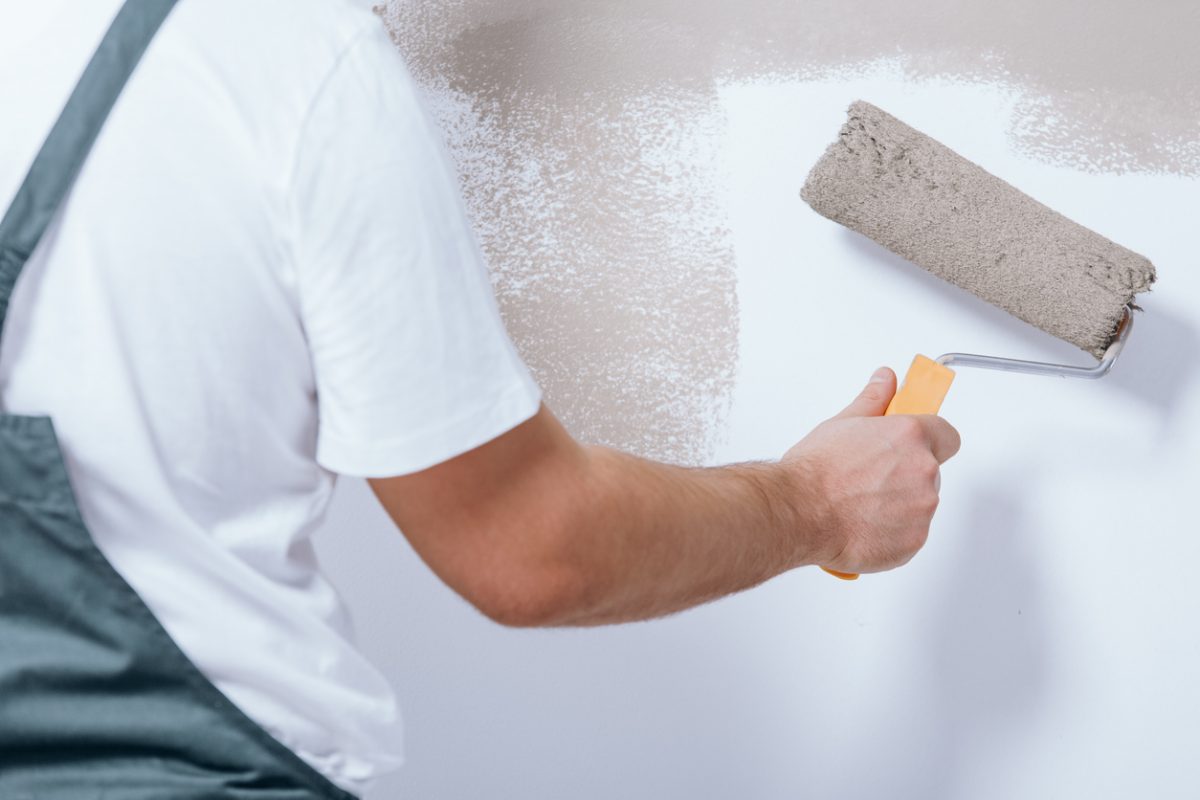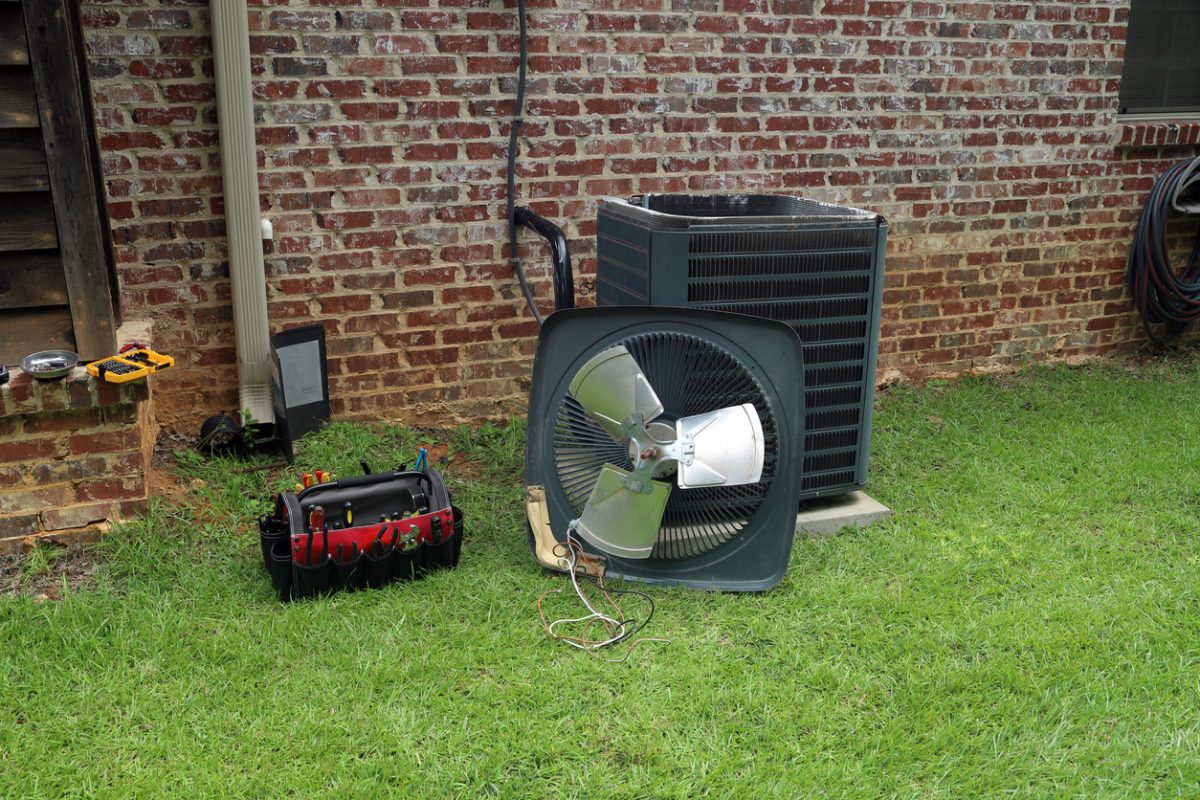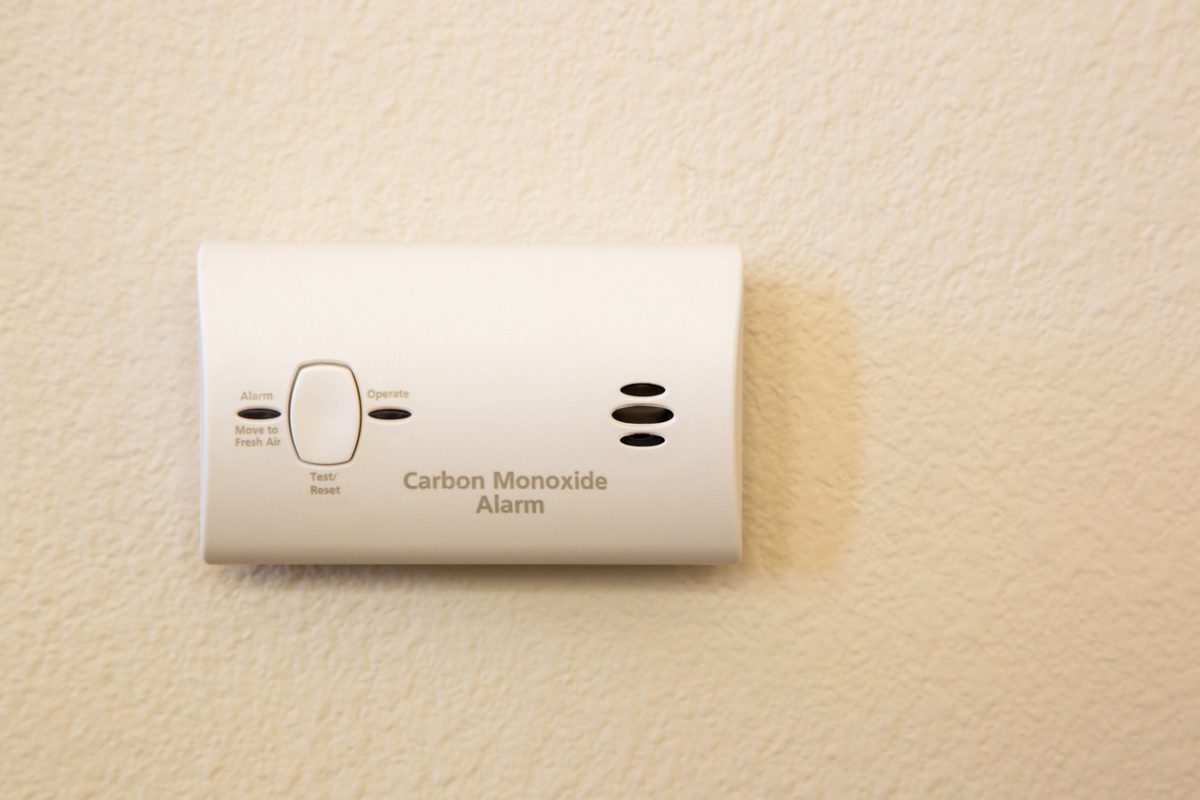When selling your home, a little bit of paint can make a big impact on buyers’ interest and your sales price. An in-depth study by Zillow found some very interesting insights on color and room combinations that can help you choose the best colors to paint your house to get the most bang for your buck.
General Paint Insights
Let’s start with some general insights that will help you throughout your home.
1. Avoid white. White has a very stark and clinical or institutional feel that turns buyers off. The exception to this is the exterior of the home where white can be a positive for your bottom line.
2. Stick with neutrals – Stick with neutrals and soft colors throughout the home. The idea is to create a blank canvas that allows the buyers to see themselves living there. Dark or bright colors might fit your own preferences but when you’re selling your home, it’s all about the buyer.
3. Think “greige” – Greige is a combination of gray and beige that is just warm enough to avoid the clinical feel of white but still creates that neutral canvas buyers want to be able to imagine themselves living in the home.
4. Keep finish in mind – Keep the finish in mind when choosing paint for each room. A flat sheen or eggshell sheen is best for living rooms, dining rooms and bedrooms. A satin or semi-gloss finish is best for high traffic areas where walls might need to be wiped down or might encounter moisture such as the bathroom and kitchen.
Room by Room Paint Insights
Now that we have some general information about choosing paint colors, let’s check out the best paint colors for each room from Zillow’s study.
1. Bathroom – In the bathroom, a pale grayish periwinkle blue seemed to correlate with the best bang for the buck with buyers. It’s enough color to give the room personality but not strong enough to deviate from that neutral palette buyers prefer. It can also make the room feel larger without resorting to a harsh color like white.
2. Kitchen – In the kitchen, the wall color preferred was a light neutral of some sort but what was a hit with buyers were two-toned cabinets. Two-toned cabinets with lighter cabinets on top and darker cabinets on the bottom in grays, woods, and even blues caught buyers’ eyes more than the wall color.
3. Bedroom – In the bedroom, think pink and blue. For pinks, cool and soft pinks had a calming effect that works well in the bedroom. For blues, a pale grayish blue is subtle and cool and has been shown to improve sleep quality and duration.
4. Living Room – In the living room is where greige is most useful. Any common areas such as living rooms, family rooms, foyers and dens are great places to utilize greige or even a beige or gray. All are neutral and soft, though greige gave the most bang for the buck in the Zillow study.
5. Dining Room – For your dining room, go with an off-white or beige. Pick a light neutral that creates that blank canvas buyers like. Just be careful not to choose a beige that is too dark or too brown as brown in the dining room inched home prices downward.
6. Exterior – The exterior of your house should appear bright and clean. This is why white is one of the colors that is appropriate for your exterior, as well as off-white and light gray. Buyers decide within an average of eight seconds based on the exterior of the house whether they are interested in the property or not.
7. Front Door – While many recommend a bright color for the front door to create curb appeal, the color determined by the Zillow study to provide the most benefit to your home price for the front door was black or charcoal gray. If you go with a black or gray front door, use accessories and landscaping to create visual interest and curb appeal.
Choosing paint colors when selling your home is all about keeping the buyers in mind. What do buyers want to see? What colors will help them imagine themselves owning and living in your home? We hope this blog has helped answer some of those questions for you so you can proceed with confidence in painting your home to sell.










